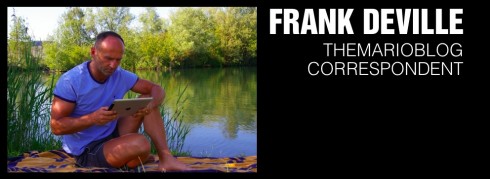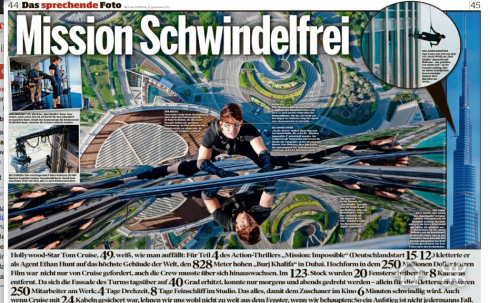TAKEAWAY: It is time for a new Poynter EyeTrack study, which will be devoted to how users behave when reading news on their tablets. We enter into it with anticipation and a list of questions for which we know the industry wants answers.

The eyes of our industry are likely to be on the new EyeTrack study—-this time all about how those eyes and fingers behave when looking at news in the tablet.
Indeed, The Poynter Institute for Media Studies
has just announced that a team there is busy at work already on this new and promising study.
I am honored to again be involved in the Poynter EyeTrack series of studies which began in 1990 when my colleague,Dr. Pegie Stark Adam, and I engaged in that first study.
In 1990, we at Poynter tested how people read news in print. I remember clearly how the findings resonated with publishers, editors and designers worldwide. in fact, although several of our findings were not too surprising——most readers enter the front page through the largest photo; photos, headlines and photo captions get the most visibility—-the EyeTrack studies validated it. For academics, the Poynter EyeTrack studies provided unparalleled opportunities for class discussions, not to mention further studies.
In 2000 and 2003, Poynter EyeTrackagain moved to where the users were: testing how people read news online. Then, we dove into the differences between the two with research in 2007.
A new EyeTrack opportunity
in 2012, in the midst of an industry in perhaps the most dramatic transformation ever, Poynter EyeTrack turns our attention to the tablet—-that magnificent platform which affords us great opportunities for getting information. With close to 40 million iPads sold worldwide, and with other tablets, such as the Amazon Kindle, quickly gaining acceptance, there is no doubt in my mind that this is the future. in fact, this is now. This new EyeTrack study is possible with a $50,000 grant from the John S. and James L. Knight Foundation and other funds from CCI Europe.
In our meetings about EyeTrack Tablet—-which I have joked with my colleagues at Poynter should be named Finger Track—-we have reviewed exhaustively how the tablet is mostly used. As with previous EyeTrack studies, we have put on the table those issues that we are sure all of you want to know more about:
Vertical versus landscape mode for reading
Scrolling versus Swiping
Long narratives versus shorter texts
Time spent on a news app
Preferred time of the day to consume news on the tablet
How you can get involved
One interesting new dimension of our new study: you can get involved. Questions about the project? Let Sara Quinn know at squinn(at)poynter.org. You may also join the conversation about this project at facebook.com/PoynterEyeTrack.
The benefits of research
No research study provides all the answers, and our EyeTrack Tablet will not be the exception, but, like all research, it provides us practitioners a foundation on which to make wiser decisions when we conceptualize then design that next news app.
For those of us involved with tablet development, this Poynter EyeTrack study comes early, especially when we consider that the 1990 newspaper EyeTrack study arrived with its findings some 150 years after newspapers came around.
The surprise element
One thing that has not changed——as I gather with my Poynter colleague, Sara Quinn, and the other talented members of our research team, Jeremy Gilbert, of Northwestern University, and Dave Stanton, of Smart Media Creative Solutions——is the fact that when one engages in a research project, one approaches with a sense of discovery and the anticipation of surprises along the way.
Both are very much present for this new EyeTrack study.
For more about the new EyeTrack study:
Poynter eye-tracking research to determine best strategy for news on tablets
http://www.poynter.org/latest-news/media-lab/mobile-media/151844/poynter-tablet-research-tap-touch-pinch-swipe-eyetrack-stories-staffing-revenue-and-more/
Poynter to Launch EyeTrack Research for Tablet
http://news.yahoo.com/poynter-launch-eyetrack-research-tablet-204105980.html
About Poynter’s earlier EyeTrack studies:
2007: The Myth of Short Attention Spans
http://www.poynter.org/uncategorized/81456/eyetrack07-the-myth-of-short-attention-spans/
EyeTrack 2007 video
http://www.youtube.com/watch?v=3FKQPCn_ais&feature=youtube_gdata_player


Reporting from Dubai this week: Just in time, a double page spread from Bild in Germany, where Frank Deville sends us this image of how Bild treated the sequence of photos showing how Tom Cruise jumped from the top of the Burj Kalifa, the tallest building in the world, for his new Mission Impossible 4.